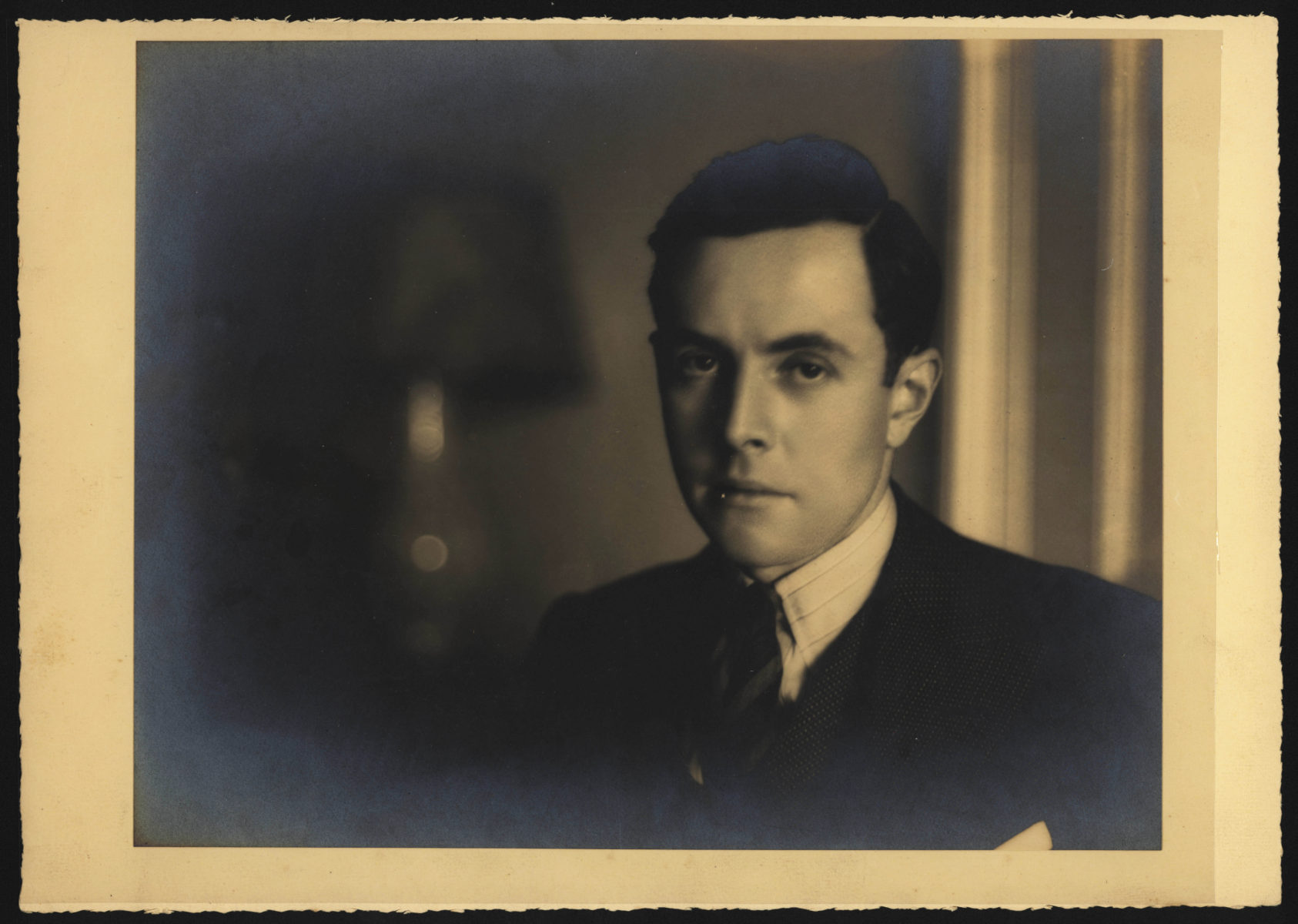This early portrait of Nichols is a warm-toned gelatin silver print on a textured paper with a low sheen. The viewer observes a more serious, scholarly side of Nichols. Seated in an interior space, he is dapperly dressed in a tweed suit with a striped, embossed collared shirt, striped tie and neat hair. Unfortunately, the details of the photograph are obscured by silver mirroring, a form of deterioration common to silver-containing photographic materials. Oxidizing agents degrade the silver particles which form the image; the resulting silver ions move to the surface of the gelatin layer and create a mirror-like reflective surface. The deterioration occurs to a greater extent in dark areas of the photograph where the metal is most heavily concentrated.
Conservators are required to use their best judgment when considering the removal of silver mirroring. Treatment of any type changes the original object. Any efforts to reduce the mirroring may alter the surface sheen of the photograph or otherwise worsen its appearance. Additionally, after removal, it is likely that the mirroring could return. For this reason, thinking about the artist’s intent for the photograph and consulting with the owner are crucial to taking the appropriate course of action.
-Erin Cunningham


